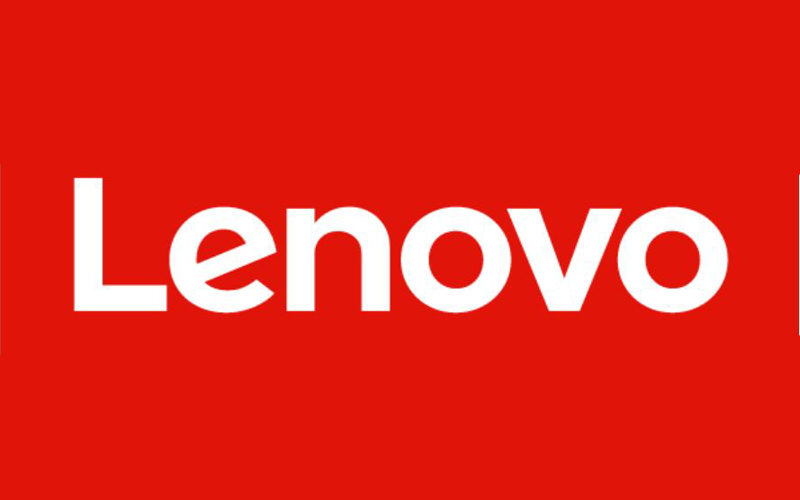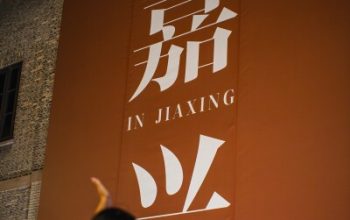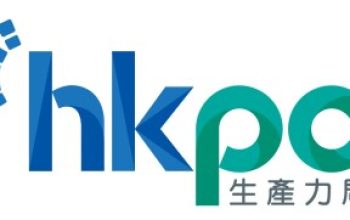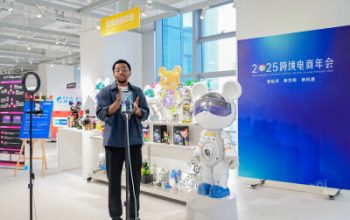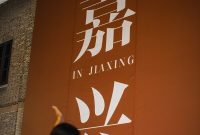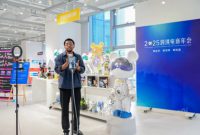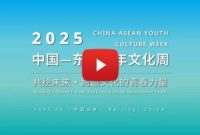HONG KONG SAR – 10 January 2022 – The past year was a time of transition – but which of the new approaches will take hold in Asia Pacific markets? For 2022 and beyond, Lenovo is offering a range of predictions that incorporate what has been learned in the past year, to improve future products and services.
Intensely hybrid working models, a focus on carbon neutrality and the environment, and a need for more comfortable, intuitive ways to operate our technology all set the tone for the following emerging trends.
1. Work-from-anywhere technology, now broadly available, will expose a growing divide.
Just as the use of video conference software accelerated during the past year’s work-from-home, successful companies in Asia Pacific will accelerate the adoption of improved infrastructure and services that enable smarter, more flexible work.
Important innovations that will make this happen include upgrades in artificial intelligence, which is getting better at removing the daily background noise of an Asian city, improving privacy, and connecting seamlessly. Augmented reality will also have a role to play, by concentrating information intelligently and conveniently for the user.
Remote desktop solutions, especially those that unite employees under cloud-like services with enterprise-level security, enable employees’ work while providing them necessary IT support wherever they are.
Other companies, held back by legacy systems, will resist these changes in the hope of going back to “the way it was” – and will find it more and more difficult to foster an engaged employee workplace – especially given Asia’s younger, more diverse workforce.
2. Sustainability will become a leading factor in tech innovation and design.
2021 was the year that Asia Pacific got serious about sustainability. In 2021 October, Hong Kong Government announced Hong Kong’s Climate Action Plan 2050, outlining the strategies and targets for combating climate change and achieving carbon neutrality in 2050[1]. In the past, sustainability was a second-tier consideration in design and innovation for technology products, if it was considered at all; now, it will play a leading role.
Sustainable materials will experience a jump in popularity in manufacturing locations around the region, and become more available for product development. The products that find success in the future will incorporate recycled plastics, fibers and metals; self-decomposing materials like bioplastics; and renewable sources like bamboo – where Asia has an obvious advantage.
At the same time, societal considerations will grow in importance, including the accessibility and suitability of technology for a broad range of users.
3. Security will finally start to move away from over-reliance on passwords.
AI and improved sensor technology will move to the forefront, as passwords take a backseat. Near-term, public key infrastructure (PKI) – what we use today to access our mobile banking applications – and multifactor authentication (MFA) will alleviate our reliance on passwords.
The sensors that power biometrics – fingerprint, facial, iris and voice authentication – will start to take on greater responsibility for our security online and with our devices during the coming year. This will play an additional role in making technology more accessible and with multiple levels of literacy.
4. Computers will quietly, and steadily, become more human.
Humans are not designed for long hours sitting in front of screens and typing on keyboards – but today, many people spend the majority of their waking hours interacting with technology. New designs will help slowly transition that relationship towards designs that work with – not against – human physiology.
In 2022 and beyond, instead of a focus on keyboards and touchpads, expect to see more flexible display options, ergonomic mice, haptic feedback, voice-to-text (and vice versa), and more intuitive forms of input involving artificial intelligence.
The past year has signaled a major shift in the way that we use technology in our daily lives. While we can look forward to these changes in the coming year, we can also see them as the beginning of a more gradual shift that will take place beyond 2022. Where will the following year take us?
About Lenovo
Lenovo (HKSE: 992) (ADR: LNVGY) is a US$60 billion revenue Fortune Global 500 company serving customers in 180 markets around the world.
Focused on a bold vision to deliver smarter technology for all, we are developing world-changing technologies that power (through devices and infrastructure) and empower (through solutions, services and software) millions of customers every day and together create a more inclusive, trustworthy and sustainable digital society for everyone, everywhere.


